Delete administrative borders
In that picture, Lao Cai and Yen Bai, two neighboring provinces with their backs to the Hoang Lien Son mountain range, are gradually joining hands to build a potential “connected tourism belt”. This cooperation, if properly exploited, can become a strategic lever to help the region make a breakthrough in tourism development in the 2025-2030 period.
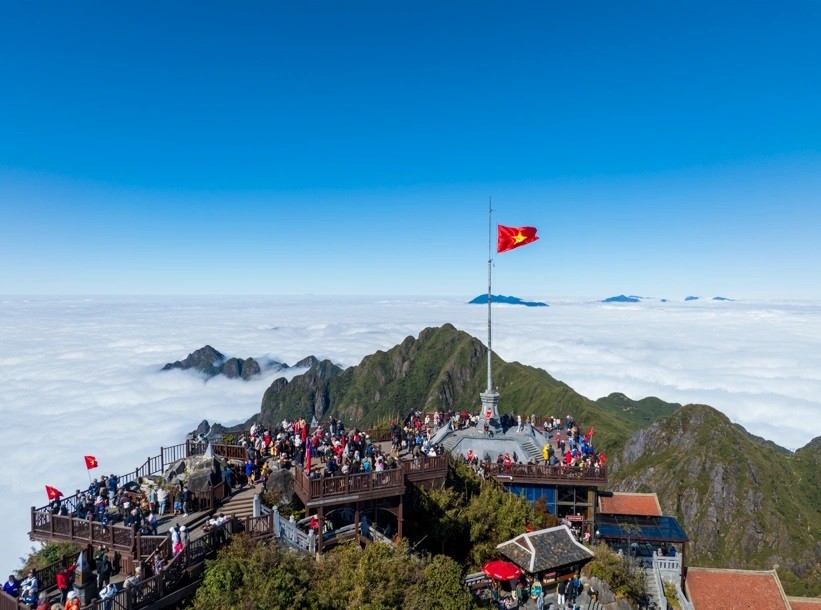
From Mu Cang Chai (Yen Bai) across the pass to Bat Xat ( Lao Cai ), from Tram Tau to Van Ban, or from Nghia Lo connecting to Bac Ha, the highland tourism space between the two provinces is being expanded and synchronously linked. Places that seemed isolated in terms of administration and transportation now complement each other in terms of both natural resources and cultural identity.
“Tourism cannot develop if everyone does their own thing,” said Mr. Tran Son Binh, Director of the Department of Culture, Sports and Tourism of Lao Cai province. “We and Yen Bai are building a joint tourism product where each locality becomes a piece of the overall journey to explore the Northwest. Tourists do not just come to Sa Pa and return, but can follow the arc route to explore new but fascinating places such as: Van Ban, Bac Ha, Tram Tau, Mu Cang Chai.”
According to statistics from the two Departments of Culture, Sports and Tourism, in 2024, Lao Cai will welcome over 7 million visitors, while Yen Bai will also reach 2.5 million visitors. However, the rate of returning visitors, average spending and length of stay are still low. Therefore, merging the tourism development space between the two provinces is one of the solutions to increase the depth of the smokeless industry.
Infrastructure and transport connectivity boost
To realize regional connectivity, transport infrastructure is a prerequisite. In recent years, a series of roads have been upgraded and opened to directly connect the mountainous districts between the two provinces. The road project connecting the Northern mountainous provinces with the Noi Bai - Lao Cai - Nghia Lo Expressway through Van Chan is gradually being completed, helping to shorten the travel time and make it safer.
“Previously, it took a whole day to go from Tram Tau to Van Ban, but now it only takes about 5 hours on the asphalt road. Tourists can stop by Tram Tau mineral spring, then the next morning go to Lao Cai via Noi Bai - Lao Cai highway without having to return to the provincial center,” said Ms. Vu Thi Mai Oanh, Deputy Director of the Department of Culture, Sports and Tourism of Yen Bai province.
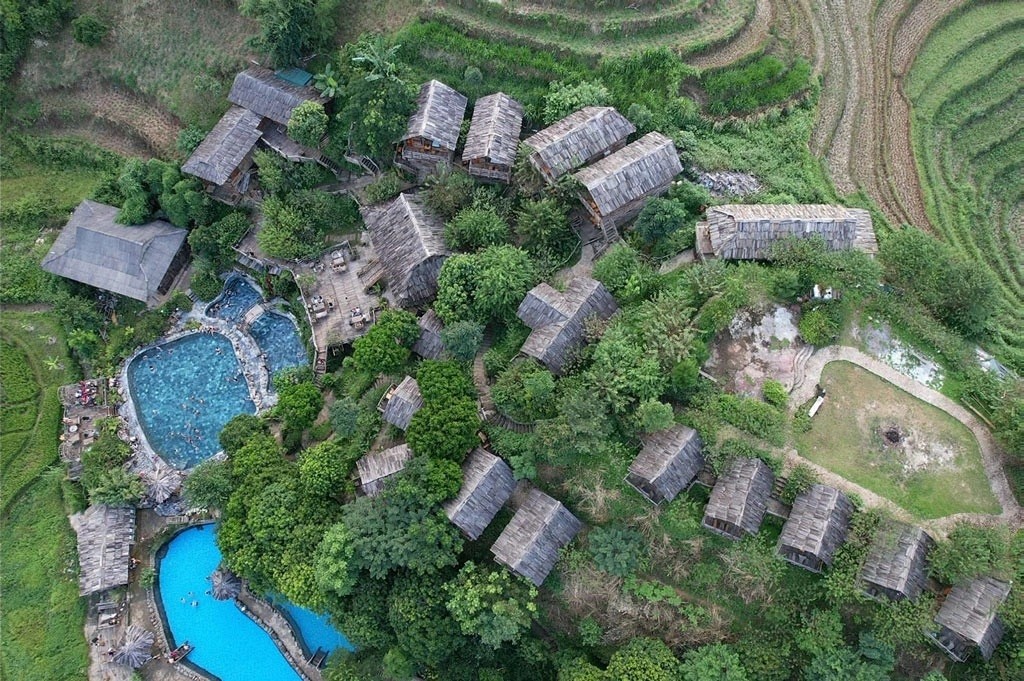
Not stopping at transportation, the two provinces also coordinate to organize joint promotional activities, such as the program "Colors of the Northwest" in Hanoi, the Ho Chi Minh City International Tourism Fair or paragliding festivals at Khau Pha Pass, which are broadcast simultaneously on the platforms of both localities.
Each locality has its own strengths, and cooperation is not competition but complementarity. If Lao Cai stands out with Sa Pa, an international tourist center, high-class resorts and a cool climate all year round, Yen Bai is attractive for its pristine, closeness and rich identity.
The Nghia Lo - Tram Tau - Mu Cang Chai - Sa Pa - Van Ban - Bac Ha circular tourist route is being designed by travel companies into a 5-7 day package tour, with highlights of experiencing the Mong, Dao, Tay ethnic cultures; exploring heritage terraced fields, highland markets and agricultural and community tourism activities.
Tourists can start their journey from Nghia Lo town, where the Thai Muong Lo cultural space is preserved, stay overnight at Tram Tau mineral spring, then go up to Van Ban - Bat Xat to explore the jungle and hunt for clouds. The following days are bustling Sa Pa, Bac Ha with brilliant market, then end in Mu Cang Chai with paragliding over Khau Pha pass and peaceful Mong villages in the mist.
Besides linking routes - points - products, localities are focusing on preserving and developing green tourism, community tourism, taking indigenous people as the center.
Connect to take off
In Nam Khat commune (Mu Cang Chai), or Ta Van (Sa Pa), the community homestay model combining farming experiences, ethnic cuisine and indigenous cultural performances has attracted thousands of international visitors each year. Mr. Vang A Pao, the owner of a homestay in Mu Cang Chai, said: “Western visitors like authentic things. They come to live with the locals, plant rice by hand, cook Tu Le sticky rice or listen to Mong flute at night. If we can connect many points like this between Yen Bai and Lao Cai, visitors will stay longer and spend more.”
However, the problem is how to develop without destroying the identity or damaging nature. The two provinces are working together to develop a code of conduct for community tourism, standardize accommodation services, and improve the capacity of people working in tourism.
Despite solid steps, the unification of tourism development between the two provinces still faces many challenges: lack of sustainable inter-sectoral coordination mechanism, overlapping products, lack of shared data and unsynchronized tourism infrastructure system.
It is expected that in 2025, Yen Bai and Lao Cai provinces will sign a memorandum of understanding on cooperation in developing inter-provincial tourism clusters, and at the same time build a digital platform to share information on itineraries, tours, and tourism products. This will be an important premise for forming a deeply connected tourism value chain in the Northwest region.
No longer isolated “tourist oases”, Lao Cai and Yen Bai are together writing a new story of highland tourism. When administrative boundaries are erased by the will to cooperate, an open, diverse and sustainable Northwest tourism space is gradually taking shape, promising to be an attractive destination for domestic and international tourists in the coming decade.
Source: https://baolaocai.vn/lao-cai-yen-bai-hop-nhat-danh-thuc-tiem-nang-du-lich-tay-bac-post403283.html


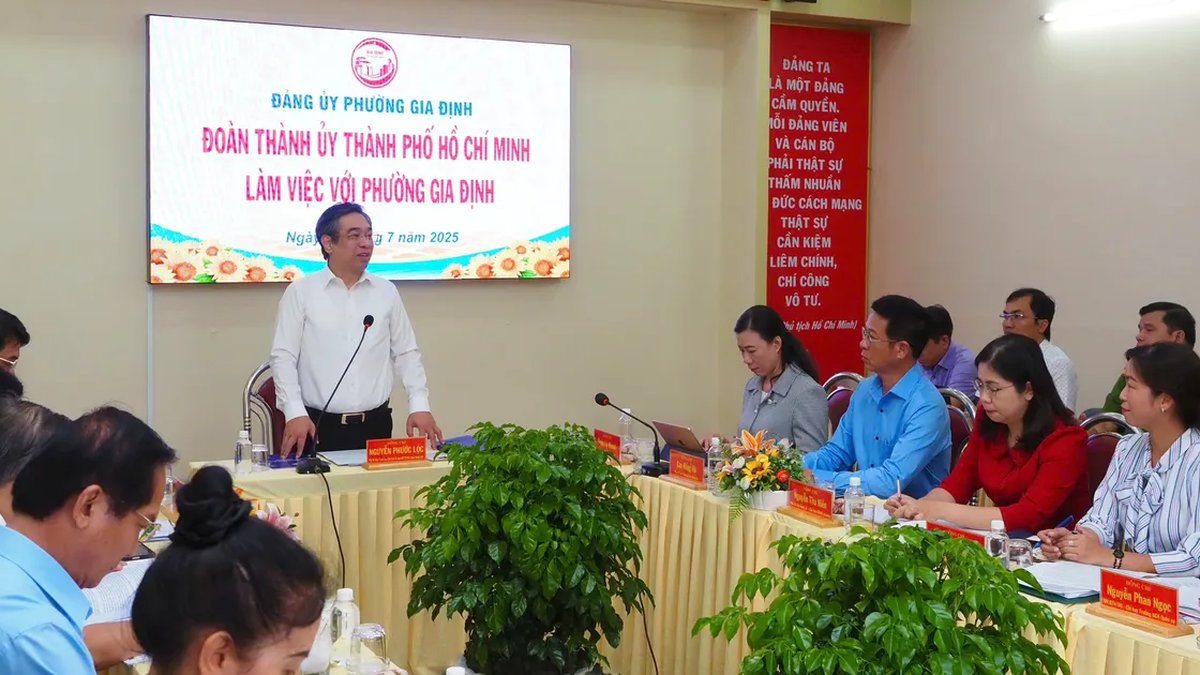
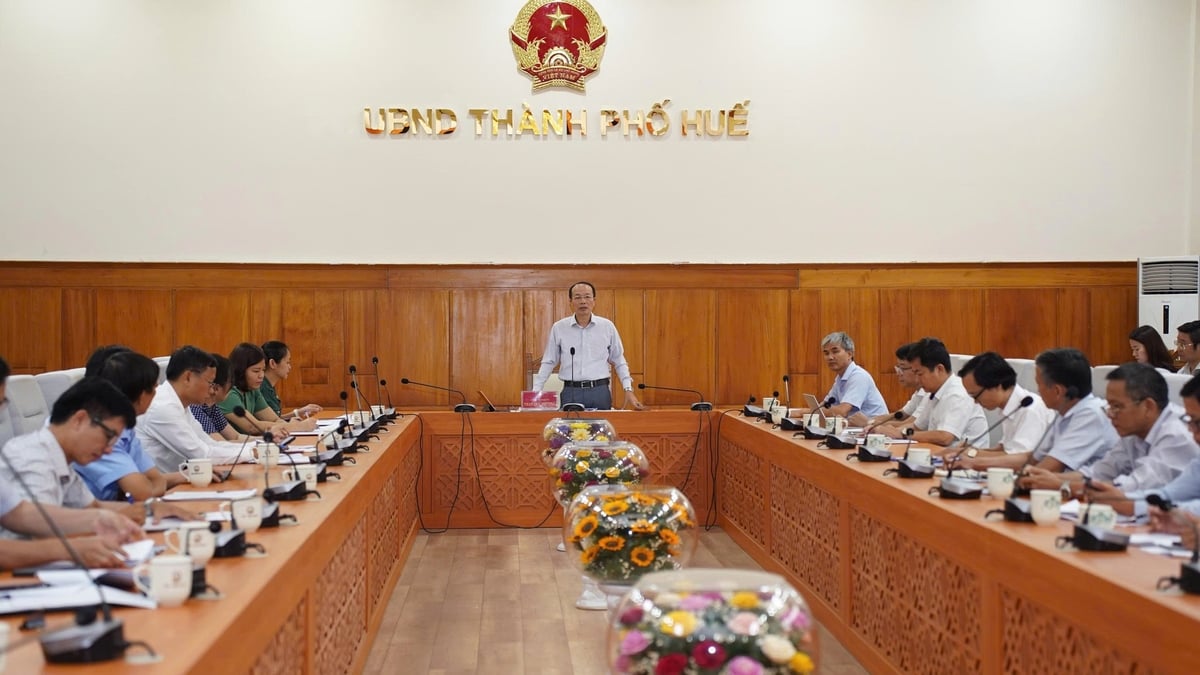
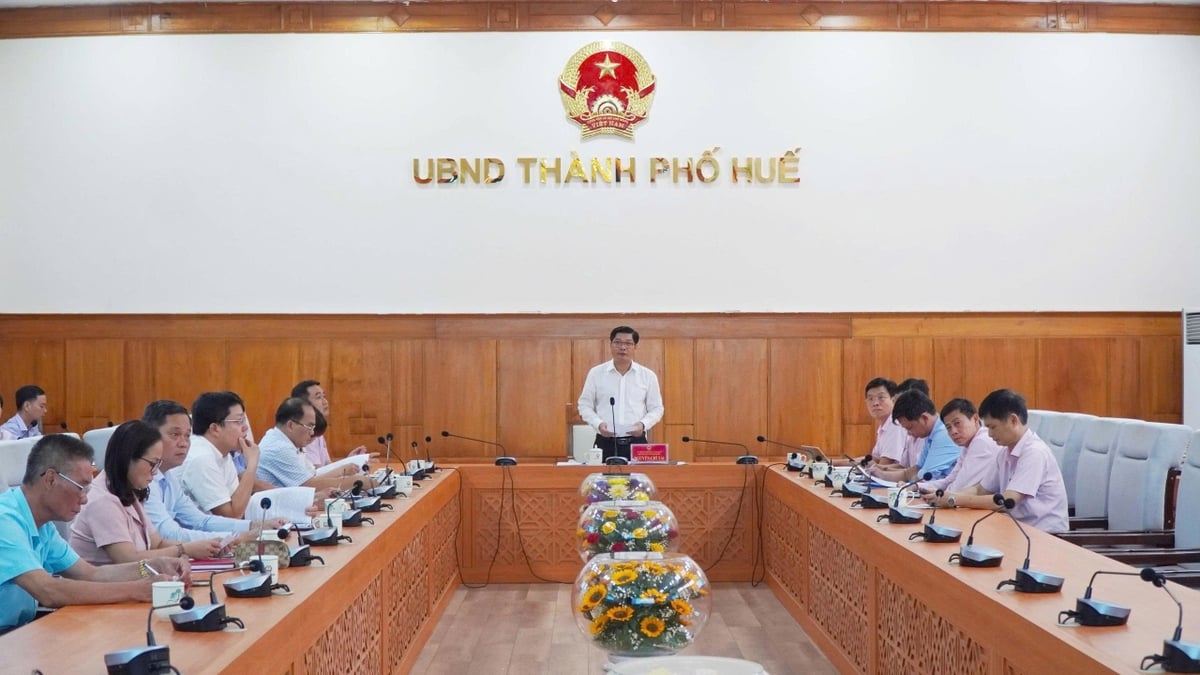
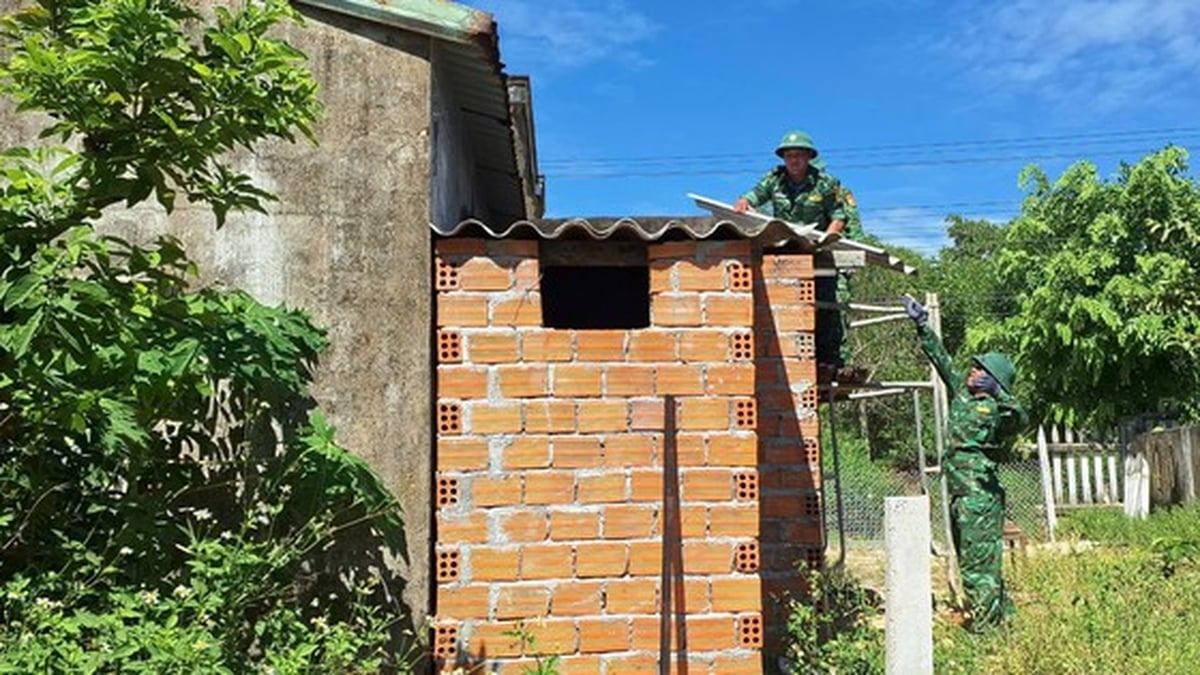
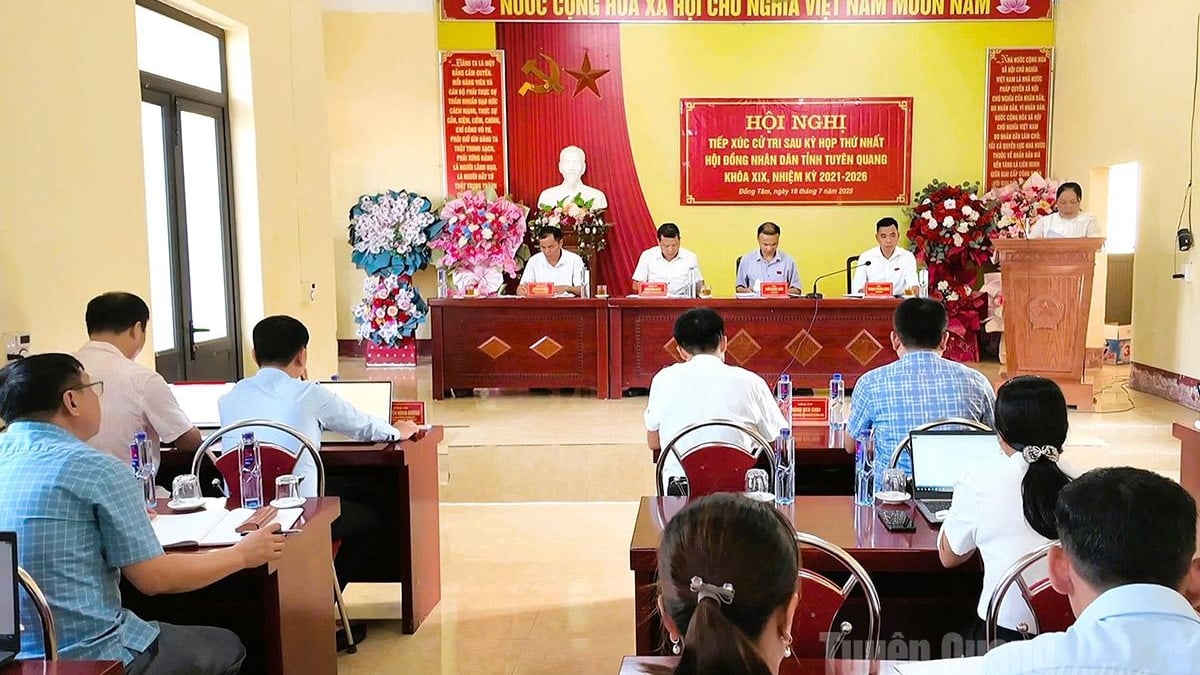
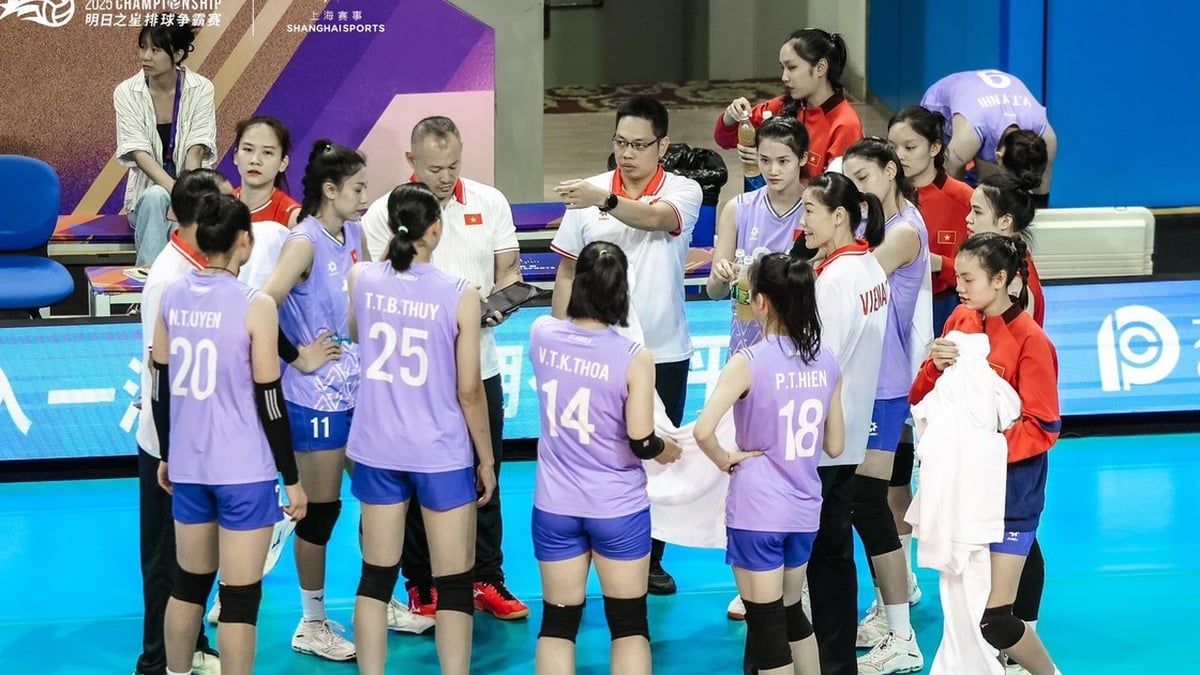
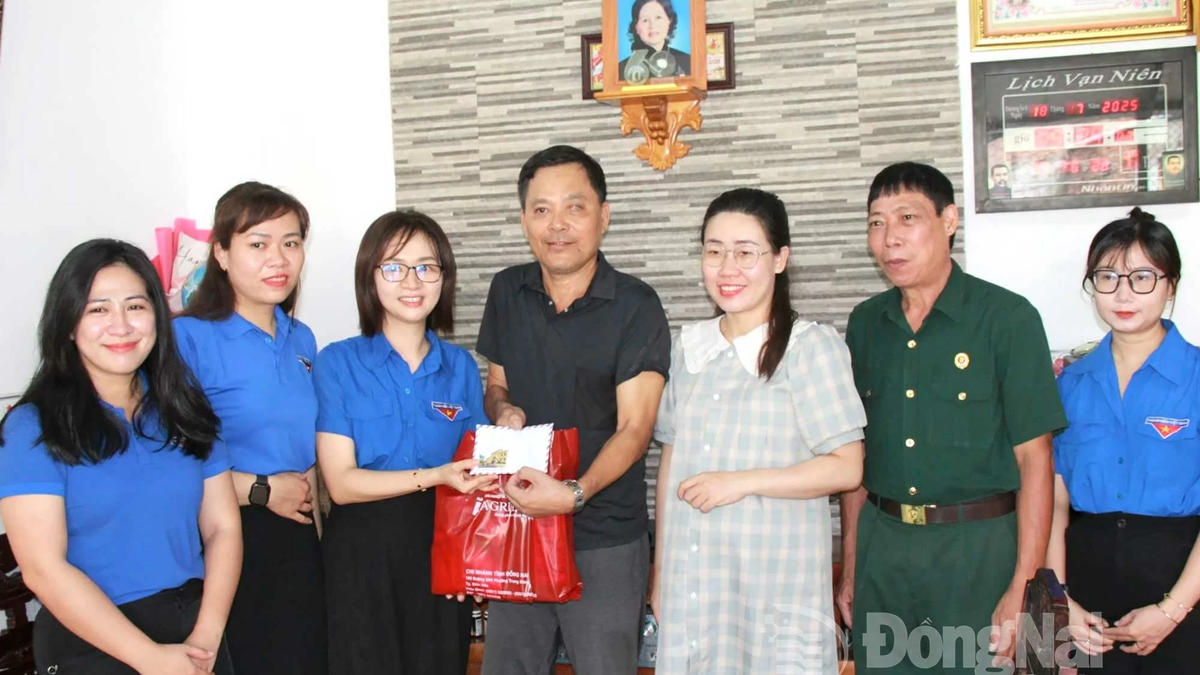
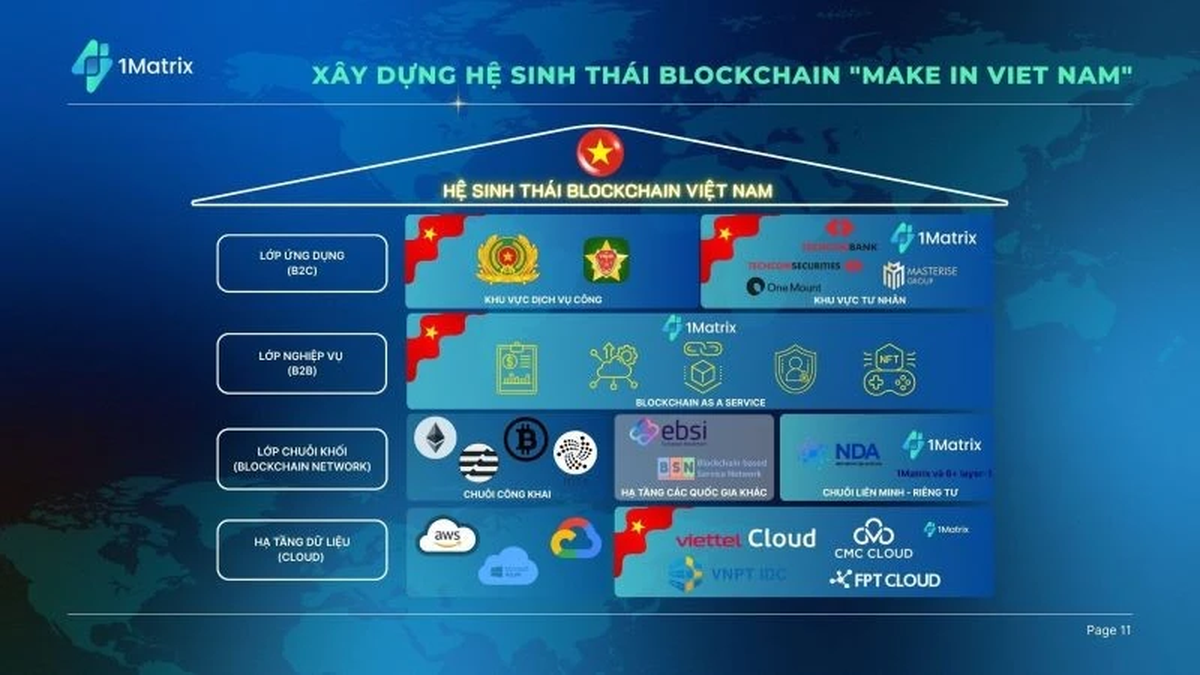
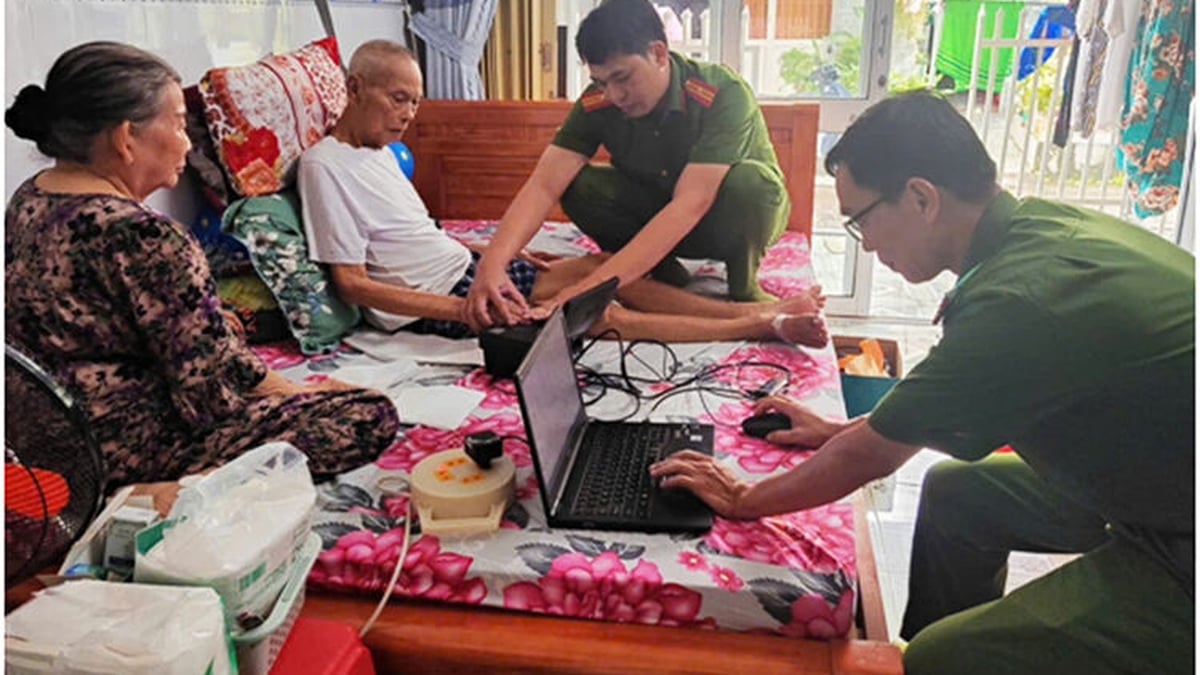
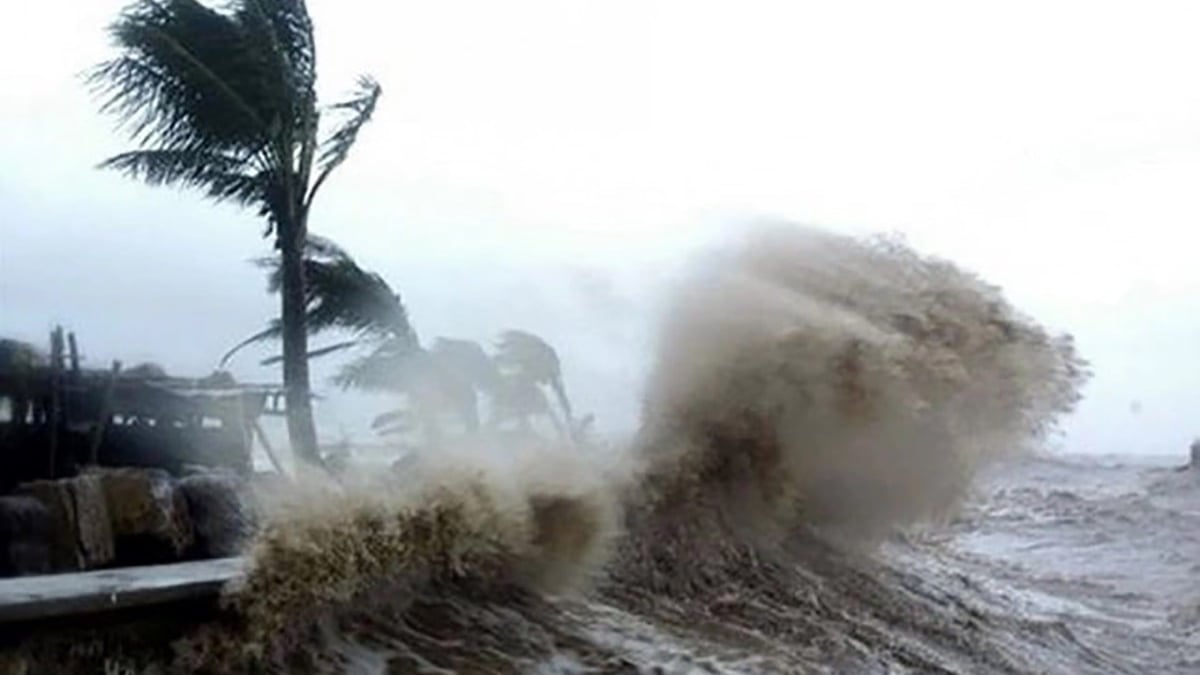

































































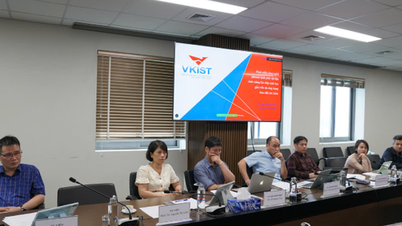
















![[Infographic] In 2025, 47 products will achieve national OCOP](https://vphoto.vietnam.vn/thumb/402x226/vietnam/resource/IMAGE/2025/7/16/5d672398b0744db3ab920e05db8e5b7d)





Comment (0)